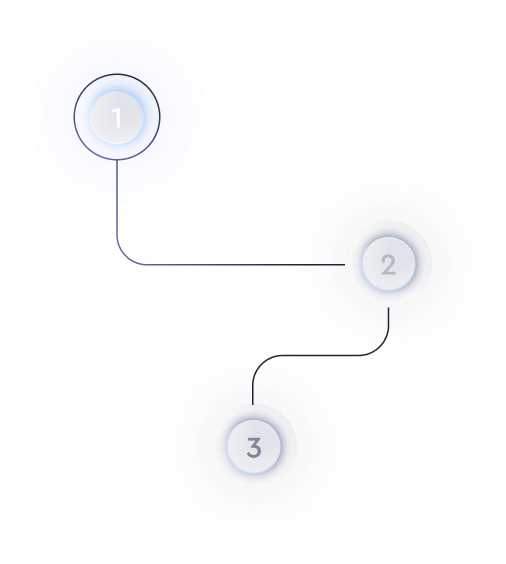What are the simple steps to improve the Largest Contentful Paint (LCP) score?
Understanding Largest Contentful Paint (LCP)
Improving the Largest Contentful Paint (LCP) score is pivotal for enhancing user experience as it measures the time taken for the largest content element visible in the viewport to load. Optimizing LCP can greatly influence both user engagement and SEO rankings.
Key Strategies to Improve LCP
- Optimize Images: Images are often the largest elements on a page. Reducing their size without compromising on quality can improve the LCP score. Use modern image formats like WebP and AVIF to achieve efficient compression.
- Minimize Render-Blocking Resources: CSS and JavaScript files can delay content rendering. Prioritize CSS by inlining critical CSS and defer non-essential CSS. Additionally, load JavaScript files asynchronously to prevent them from blocking the rendering process.
- Implement Lazy Loading: Lazy load images and videos, so they are only loaded when they're about to come into view. This can significantly reduce the initial load time, improving the LCP.
- Upgrade Your Hosting Plan: A server's performance can greatly affect LCP. Investing in a powerful server or using a content delivery network (CDN) ensures faster delivery of resources.
- Remove Unused Third-Party Scripts: Third-party scripts can sometimes add significant delays. Audit your scripts to ensure only necessary ones are included. Prefer loading them after the main content has been rendered.
Advanced Techniques for Better Results
- Preload Key Resources: Use the
linktag with therel="preload"attribute for fonts, images, or stylesheets that you know will be needed. This ensures they are prioritized in the loading queue. - Reduce Server Response Times: Work on optimizing your server's response time to ensure faster delivery of the first bytes (TTFB). This can be achieved by optimizing database queries and implementing efficient caching mechanisms.
- Utilize HTTP/2 or HTTP/3: These newer protocols provide improvements over HTTP/1.1, such as multiplexing, which can lead to faster loading times and an improved LCP score.
- Avoid Inline Critical Requests: When the browser must simultaneously fetch multiple critical resources, performance suffers. Consolidate critical resources to reduce the amount of needed fetches.
Regular Monitoring and Analysis
Consistently monitor your website's LCP score by utilizing tools like Google PageSpeed Insights or WebPageTest. These tools not only give insight into your current score but also provide tailored suggestions for improvements. Analyzing and applying these recommendations regularly will help maintain an optimal user experience.
By thoughtfully implementing these strategies, web developers and site owners can improve their LCP metrics, leading to better user satisfaction and positive impacts on search engine visibility.

